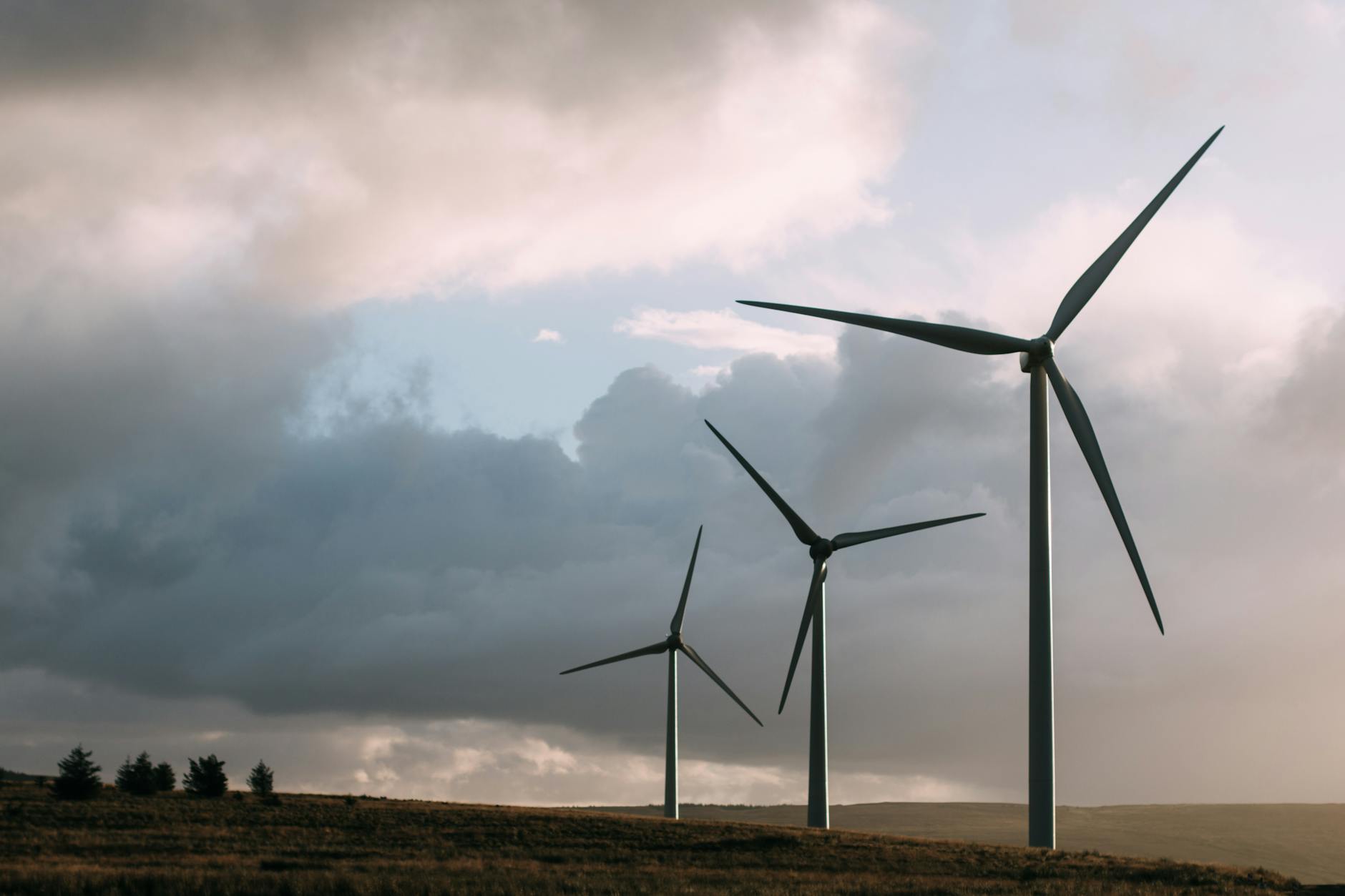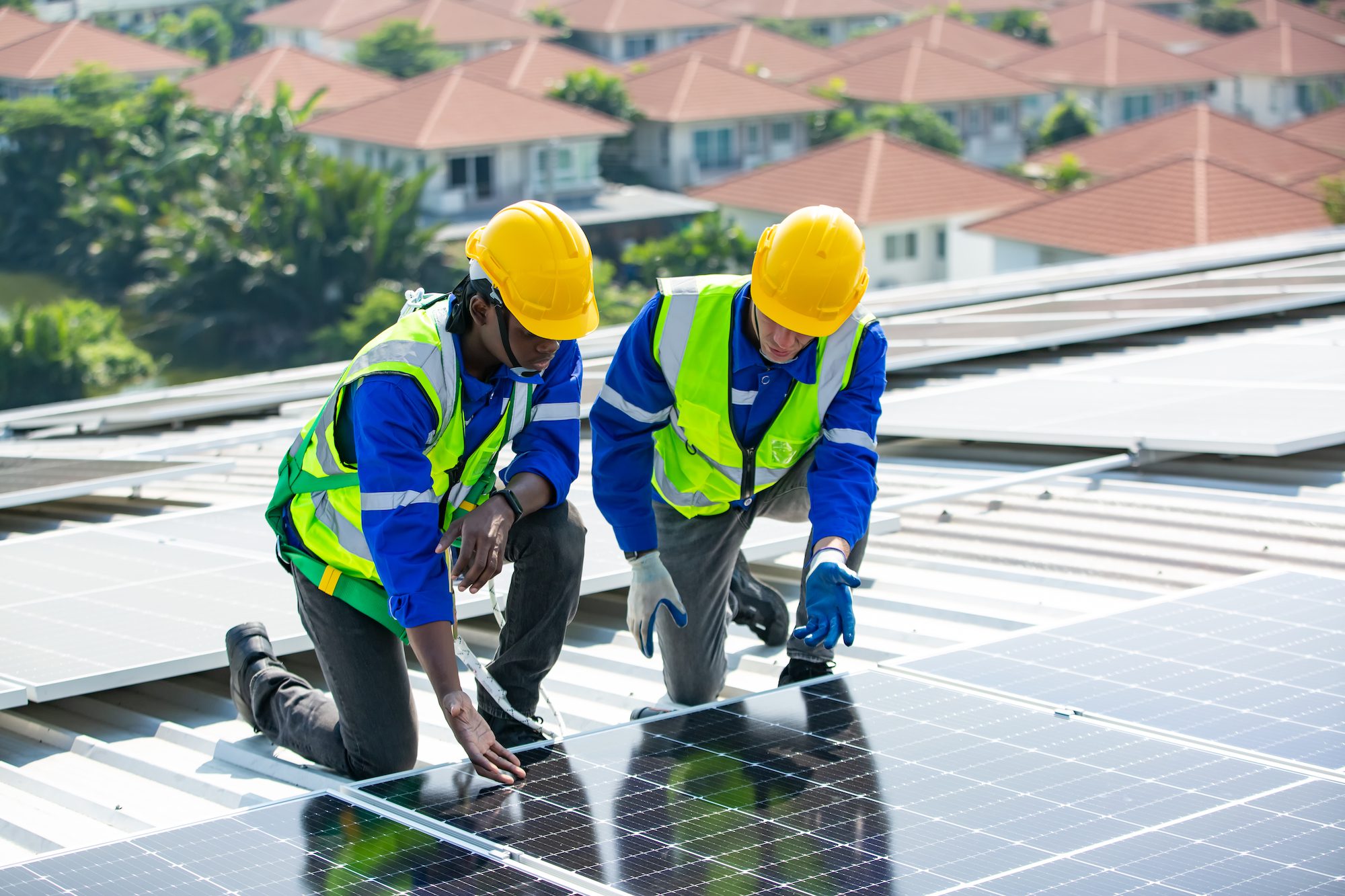Eco-Energy and Wildlife: A Delicate Balance?
How can we develop clean energy without harming wildlife?
The Problem
Clean energy initiatives are crucial for addressing climate change and reducing our dependence on fossil fuels. However, it is important to consider the impact of these initiatives on wildlife populations and habitats. This article explores how clean energy projects can affect wildlife and highlights the need for responsible development that mitigates potential risks.
The Growth of Renewable Energy
Renewable energy jobs are rapidly growing in the country, indicating a shift towards cleaner forms of power generation. Wind power, in particular, has become cost-competitive with natural gas in many regions. This transition to renewable energy is essential for reducing greenhouse gas emissions and combating climate change.
The success of renewable energy projects can be seen in places like the Mojave Desert, where solar developers were able to acquire permits in half the normal time. Similar approaches have also been implemented in West Virginia, repurposing former coal lands for solar and wind development. These examples demonstrate that renewable energy can be harnessed effectively while revitalizing areas previously impacted by fossil fuel extraction.
Protecting Wildlife During Clean Energy Development
While clean energy offers numerous benefits, its development must not come at the expense of wildlife and ecosystems. Large dams, for instance, have disrupted fish migration routes and harmed economically significant species such as salmon and shad. It is crucial to consider both short-term economic gains from clean energy projects and long-term ecological impacts when planning these ventures.
To address this challenge, organizations like the National Wildlife Federation work towards ensuring responsible development of wind power that safeguards birds, bats, and other wildlife. By mapping offshore wind conflicts along the Atlantic Coast, developers can avoid areas that could harm important marine species.
Similarly, there are vast opportunities to repurpose former mine lands and brownfields for renewable energy development. The Environmental Protection Agency estimates that 44 million acres of these lands hold potential for renewable projects. By utilizing such areas instead of encroaching on pristine habitats, we can minimize the impact on wildlife and promote sustainable energy generation.
Mitigating Risks to Wildlife
Renewable energy infrastructure, such as wind turbines and solar facilities, can pose risks to wildlife, including threatened and endangered species. Bird and bat fatalities associated with renewable energy have raised concerns about the potential harm to flying animals. It is essential for wildlife managers and energy developers to assess these risks and develop effective strategies for mitigation.
Researchers are studying the attraction of birds to utility-scale solar photovoltaic facilities to better understand how animals perceive them. This research aims to find ways to minimize bird collisions with solar installations, ensuring that clean energy projects do not inadvertently harm avian populations.
Furthermore, fragmented habitats resulting from clean energy development can lead to smaller isolated populations of wildlife, making their long-term survival more challenging. Protecting large contiguous areas of habitat is crucial for maintaining biodiversity.
The Importance of Responsible Planning
Responsible planning is key when it comes to developing renewable energy projects without endangering wildlife. By directing projects towards least-conflict areas, we can strike a balance between meeting our clean energy goals and protecting vulnerable species.
Federal, state, and local governments play a vital role in establishing policies and incentives that prioritize responsible development. It is important for these entities to consider the ecological impacts alongside economic benefits while crafting regulations related to clean energy initiatives.
What Needs to be Done?
Balancing the advancement of clean energy projects with the conservation of wildlife and their habitats necessitates a multifaceted approach grounded in environmental science and ethical stewardship. Firstly, extensive ecological assessments should be undertaken before the initiation of any clean energy project, to comprehend and mitigate potential impacts on local wildlife and their habitats. This implies adopting site-specific designs that avoid critical habitats and incorporating modifications that deter wildlife from high-risk areas. Secondly, leveraging technology and innovative practices such as wildlife-friendly wind turbines, which operate at speeds that are less likely to cause bird and bat fatalities, can be a step forward. Similarly, solar panels can be designed to be less reflective to prevent bird collisions. Thirdly, integrating habitat restoration and creation initiatives within clean energy developments can foster a harmonious co-existence, whereby new habitats are developed to replace or augment those that are impacted. Finally, fostering collaborations between governments, environmental organizations, and clean energy companies can facilitate the sharing of knowledge and best practices to develop energy solutions that uphold the delicate balance between eco-energy production and wildlife conservation. It is through the conscientious amalgamation of technological innovation, responsible site planning, and robust regulatory frameworks that we can stride towards a future where clean energy and wildlife thrive side by side.
In Conclusion
Clean energy represents a critical solution in addressing climate change; however, its development must be approached responsibly. Understanding the potential impacts on wildlife populations and habitats is crucial in ensuring a sustainable future.
By prioritizing responsible planning and mitigating risks through effective strategies, we can strike a balance between clean energy goals and wildlife conservation efforts. Clean energy should not come at the expense of biodiversity; rather, it should contribute positively by reducing harmful environmental impacts caused by traditional sources of power generation.

Moving forward, it is essential for stakeholders across government bodies, industries, and environmental organizations to collaborate and prioritize the protection of wildlife and ecosystems. Together, we can harness the potential of clean energy while safeguarding the incredible biodiversity that enriches our planet.
—mewaste.comSources
- Clean Energy Working For Wildlife The National Wildlife Federation Blog
- Renewable Energy And Wildlife Can Coexist And They Must Defenders Of
- Energy And Wildlife U S Geological Survey USGS Gov
- Renewable Energy National Wildlife Federation

